Invasive plants are non-native species introduced to an ecosystem and can outcompete native plants for resources.
They can spread rapidly and displace native plants, disrupting the balance of an ecosystem and causing harm to wildlife that relies on native plant species for food and habitat.
Invasive plants can be dangerous in gardens for several reasons:
They can quickly spread and become dominant, out-competing native plants for resources such as sunlight, water, and nutrients. This can lead to biodiversity loss in the garden and make it less attractive to native wildlife.
Once established, they can be difficult to control, requiring significant effort and resources to remove. Some invasive plants can be toxic to humans and animals or cause allergic reactions when touched.
They can cause damage to infrastructure and property. For example, Some invasive tree species can damage buildings, walkways, and other structures with their roots.
This is where the expertise of a weed and invasive plant comes into play. The role of weed and invasive plant specialists is to identify weeds and invasive plants and learn how to get rid of them.
Our plant specialists at Plant Judo will do just that for you.
We will help you uproot any invasive plants you find in your garden and guide you on how to get rid of them better.
Call us today to find out more about what we can do.
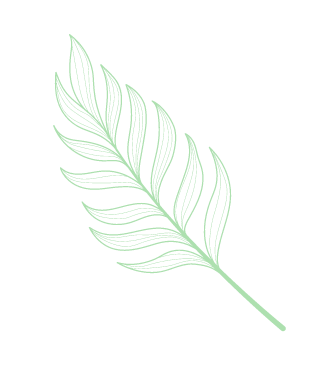
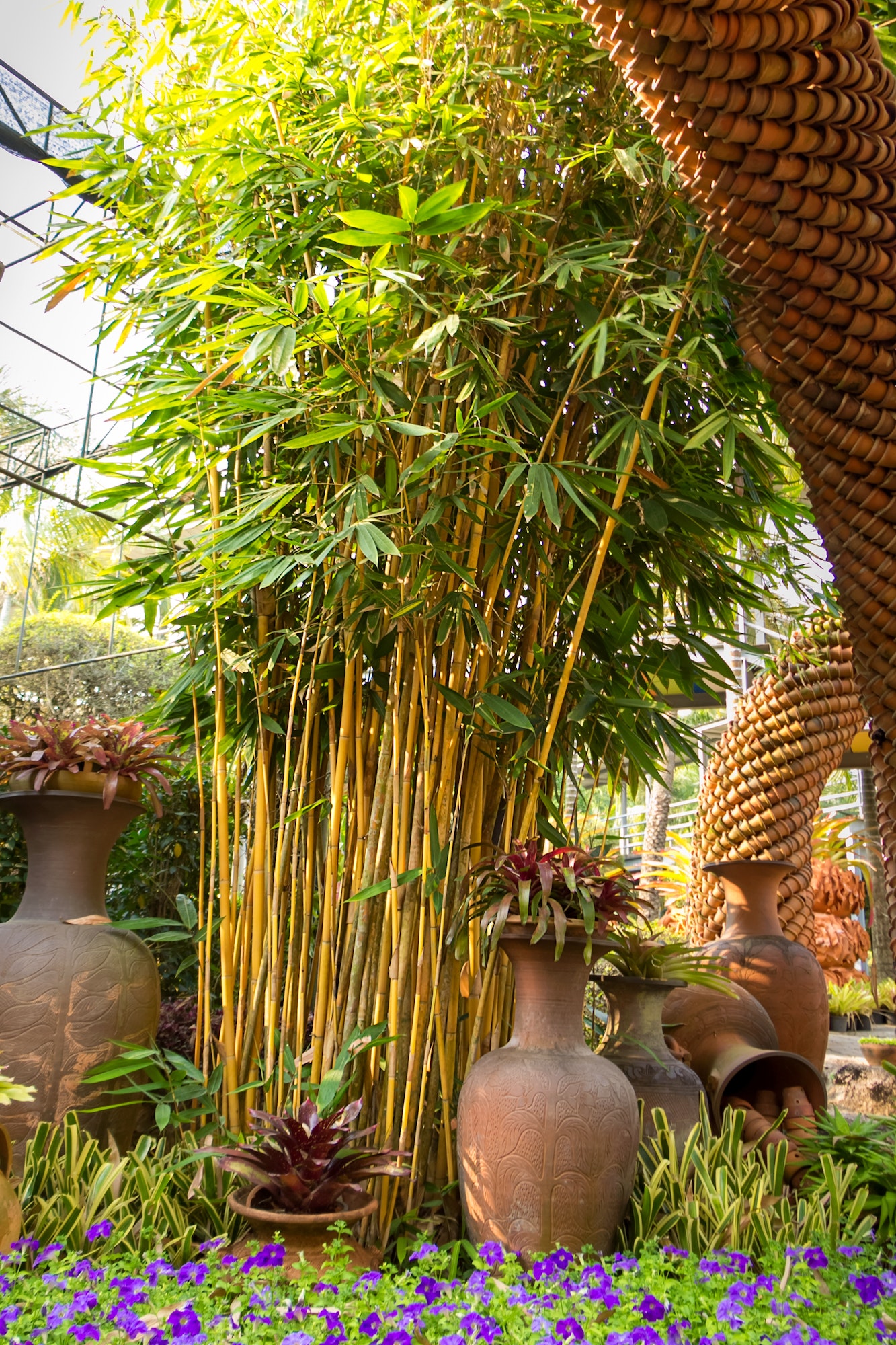
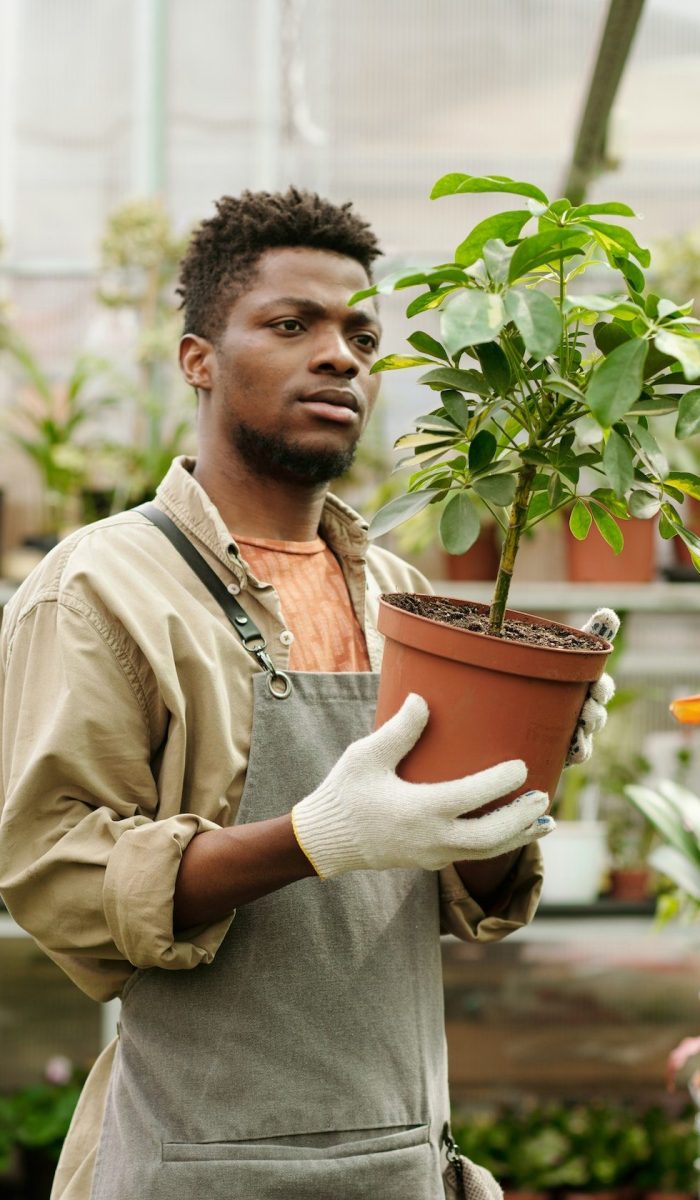
Invasive plant specialists are professionals trained to identify, control, and manage invasive plant species.
Invasive plant specialists play an important role in helping to protect native ecosystems from the negative impacts of invasive plant species.
They help government agencies, conservation groups, private companies, and gardeners recognise the characteristics of invasive plants, such as their leaves, flowers, and seeds.
They can help people in surveying for invasive plants. This involves walking through areas where invasive plants are likely to be found and noting the location and abundance of any invasive plants found.
They can assist in developing management plans. Once invasive plants are identified, an invasive plant specialist will develop a plan to control or eradicate them. This plan may include chemical, biological, or manual methods.
They can assist in the implementation of control measures. This can include using pesticides, cutting down plants, or manually pulling them from the ground.
After control measures have been implemented, an invasive plant specialist will monitor the area to ensure that the invasive plants have been successfully controlled.
Specialists can help educate the public or other land managers on the invasive species that occur in the area and how to identify and control them. This way, citizens can help monitor and manage invasive plants in their local area.
It is a common misconception that invasive plants are ugly. It is important to keep in mind that they aren’t always ugly. In fact, many are brought over because of their beauty or because they’re effective, fast-growing groundcovers.
Identifying invasive species can be difficult since many plants are invasive in certain locations but not in others.
The early detection and management of invasive plant species can help you avoid high removal costs, physical damage to buildings and hard surfaces and further harm to your garden and the environment.
This is one of the reasons why you need an online invasive plant specialist.
We can help you detect invasive plants and formulate a plan on how to remove them.
Japanese knotweed was introduced to the UK as a beautiful plant due to its lovely white blooms that bloom in the spring and summer.
Because it does not generate seeds, this plant can only spread by its roots; its root system is robust and rapidly expanding.
The weed is extremely tough to remove. Many people attempt to pull out the weed, but even if a little portion of the root remains, it can sprout a completely new plant.
Here are three ways in which you can identify Japanese knotweed.
The leaves of Japanese knotweed are large and heart-shaped and are typically about 7-14 cm wide. They are arranged alternately along the stem and have a distinctive sheen on the top surface.
The stems of Japanese knotweed are hollow and have distinct raised nodes, which give the plant a bamboo-like appearance. They can grow up to 3 meters tall and are green, red or purplish.
Japanese knotweed produces small, creamy white flowers arranged in dense clusters. They bloom in the late summer, usually between August and October.
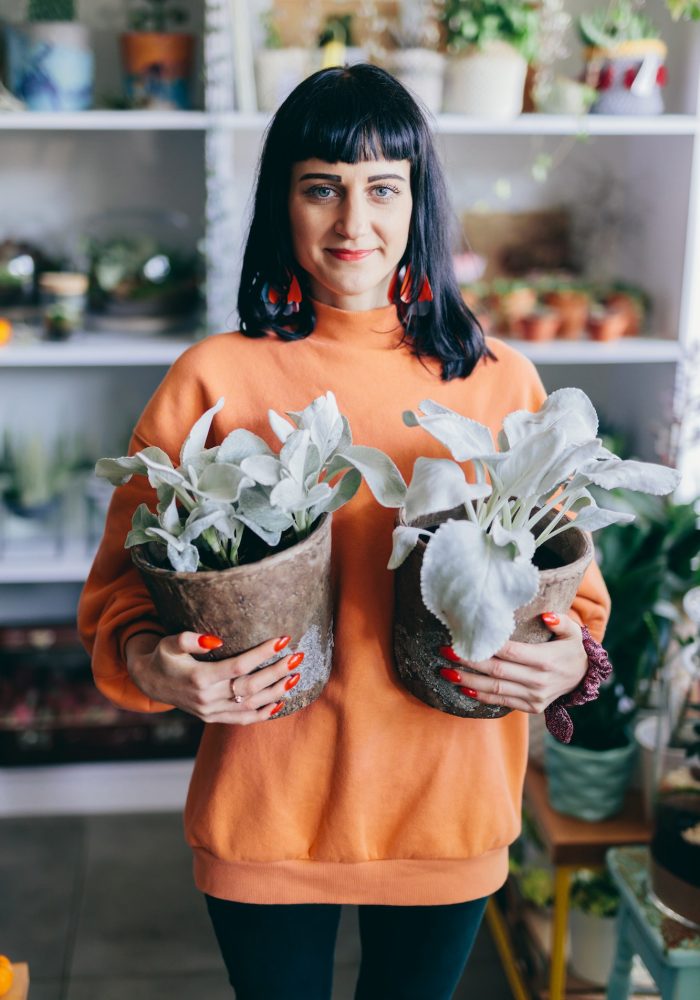
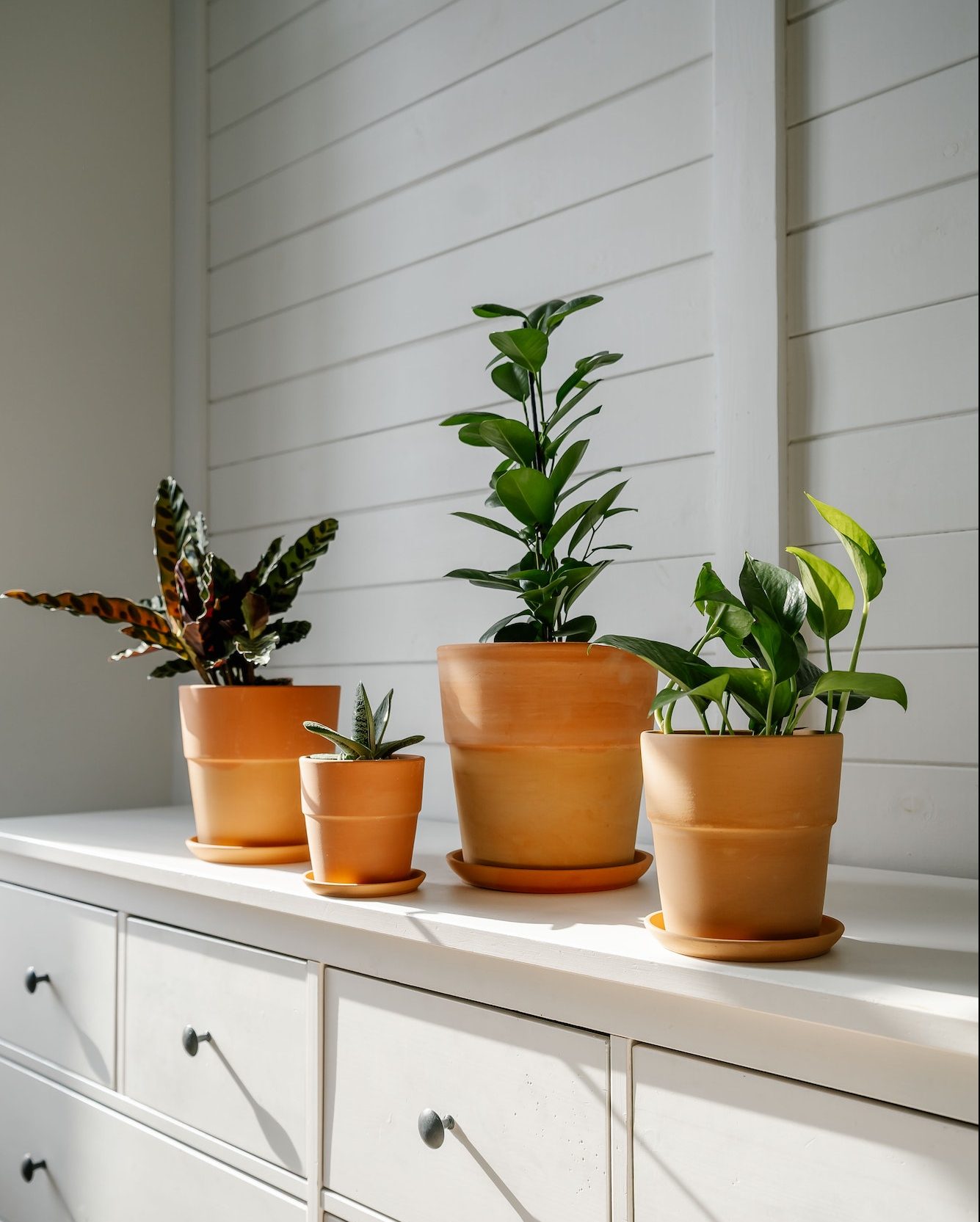
Giant hogweed resembles overgrown cow parsley and can grow to 10 feet tall. The plant spreads through seed, which can be delivered by birds and other animals or by rivers.
The sap of the plant contains harmful compounds that react with light when it touches human skin. This produces blistering within 48 hours, making it impossible to mow or weed the plant without adequate equipment.
The leaves of the Himalayan balsam are large and lanceolate (shaped like a lance head) and are typically about 5-15 cm long. They are arranged alternately along the stem and have a glossy appearance.
Himalayan balsam produces large, showy flowers that are typically pink, purple or white in colour. They bloom from mid-summer to early autumn, from June to September, in clusters at the top of the stem.
Himalayan balsam can be found in various habitats, including riverbanks, moist meadows, and other disturbed regions. It thrives in damp soils and can outcompete native flora in certain regions, diminishing biodiversity.
This invasive species grows primarily in water or soil with a heavy water content next to lakes and streams.
Because of the dense matting it develops on the surface of ponds; it can limit the oxygen accessible to fish and frogs, thereby rendering garden ponds inhospitable. The plant grows so thickly it is sometimes mistaken for dry land, making it especially dangerous to children and dogs.
The leaves of New Zealand Pygmyweed are small, round, and glossy and are typically about 2-3 mm across. They are arranged opposite along the stem and are overlapping.
New Zealand Pygmyweed produces small, white, star-shaped, insignificant flowers. They bloom from late spring to early summer, usually from May to June. They are usually located at the ends of the stems, on spikes above the water surface.
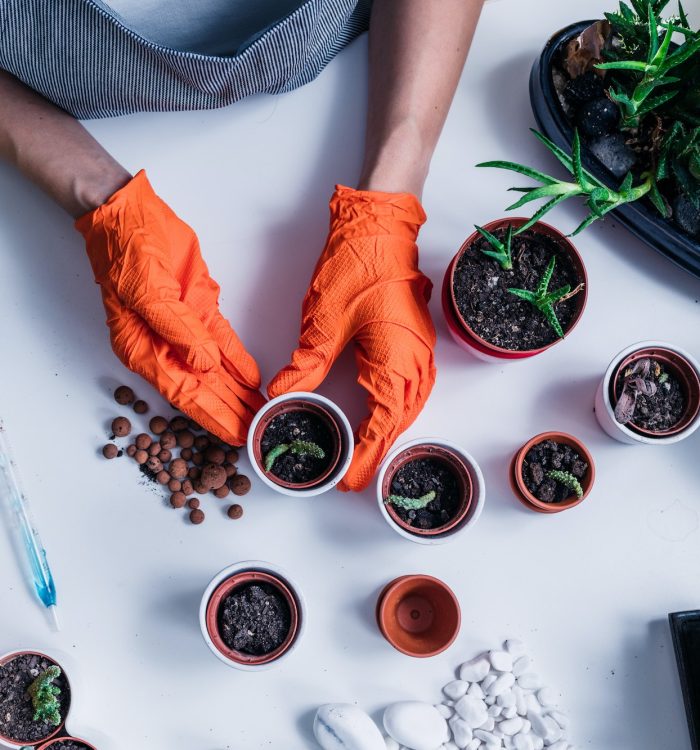
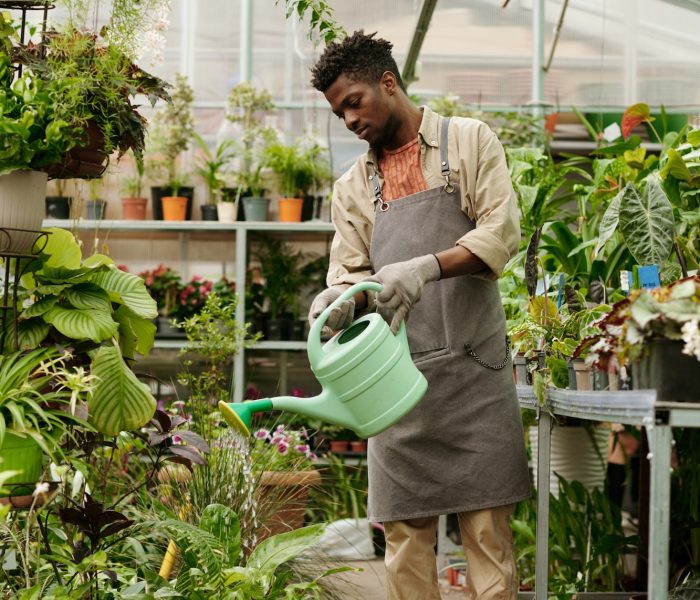
Green alkanet is a perennial that grows naturally in wet, gloomy areas. Because of its attractive blue forget-me-not blooms, the plant is frequently planted in gardens, although it rapidly becomes a weed in the correct climate. It can self-seed and generate new plants near the parent, but it is also spread across vast distances on animal hair or clothing.
Tall, hairy stems, bristly leaves, and beautiful blue blooms with a white centre open from a pink bud characterise this plant. While it is a weed, it is considerably more controllable, yet it is just as difficult to eliminate completely.
Plant Judo is a team of experienced gardeners looking to ensure the health and safety of all gardens across the UK.
One way in which we achieve that goal is through our online invasive plant specialist service.
Whether you’re a homeowner, a land manager, or a member of a conservation group, our service can help you protect your property and local environment from the negative impacts of invasive plants.
Our online service makes it easy for you to access our expertise anywhere in the country, no matter where you are. We understand that invasive plants can cause significant damage to both people and the environment, and we are committed to providing effective solutions to protect your property and local ecosystem.
Don’t let invasive plants take over your property, contact us today to schedule an appointment and get a free quote.
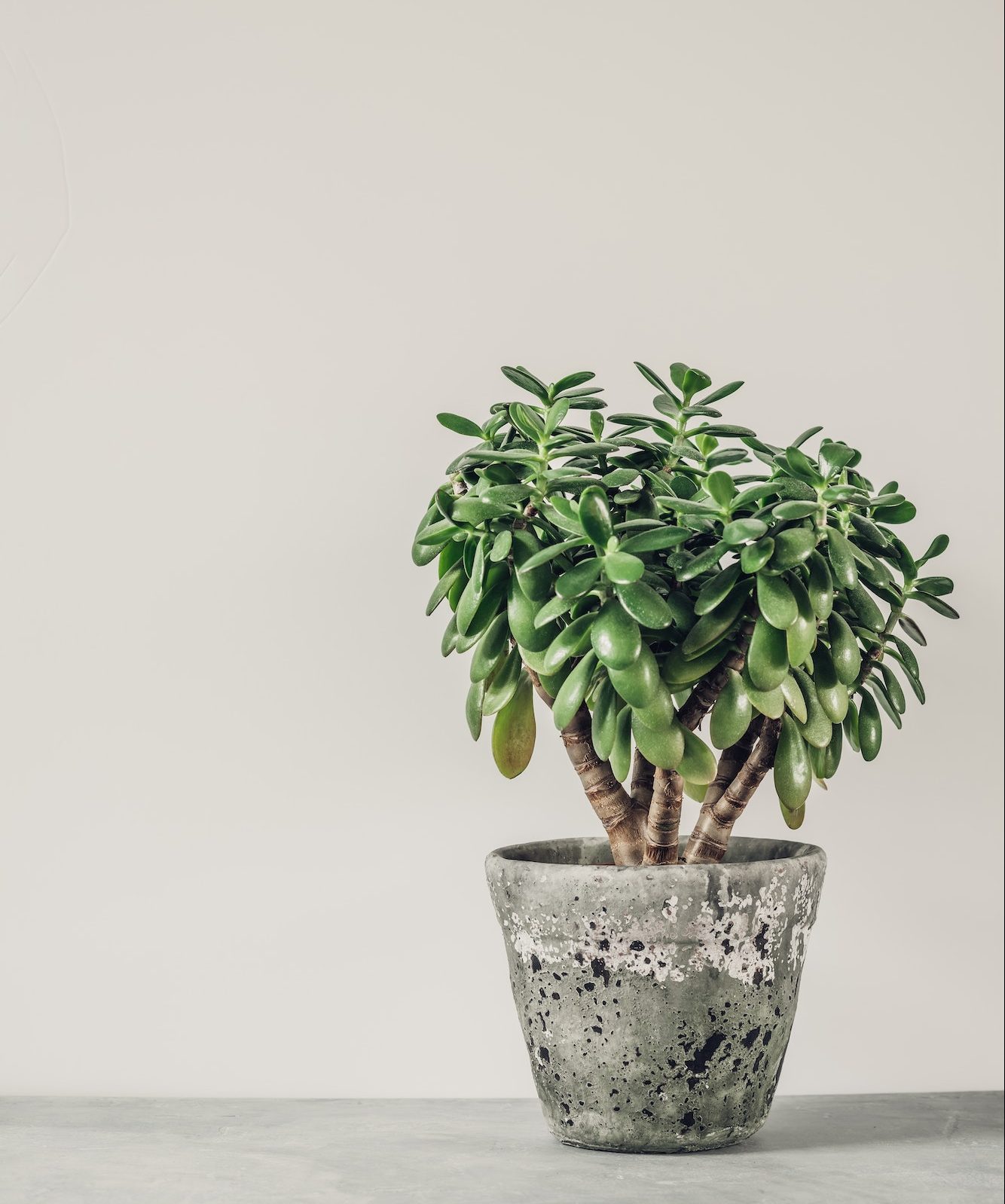
There are several ways to identify invasive plants, including by comparing them to known examples, looking for specific characteristics, and identifying the habitat where the plant is found. Contacting an invasive plant specialist is also recommended for accurate identification and advice on management.
To prevent invasive plants from spreading, it’s important to be aware of invasive plant species and take steps to prevent them from becoming established in your garden or local area. This includes properly disposing of invasive plants and not moving them to new areas, choosing non-invasive alternatives when gardening or landscaping, and reporting invasive plants to the appropriate authorities.
If you are unsure if a plant in your garden is invasive or not, if you have identified an invasive plant species on your property and if you want to protect your property from invasive plants.

Copyright © 2024 Plant Judo. All Rights Reserved
Kemp House, 152 – 160 City Road,
London, EC1V 2NX
United Kingdom